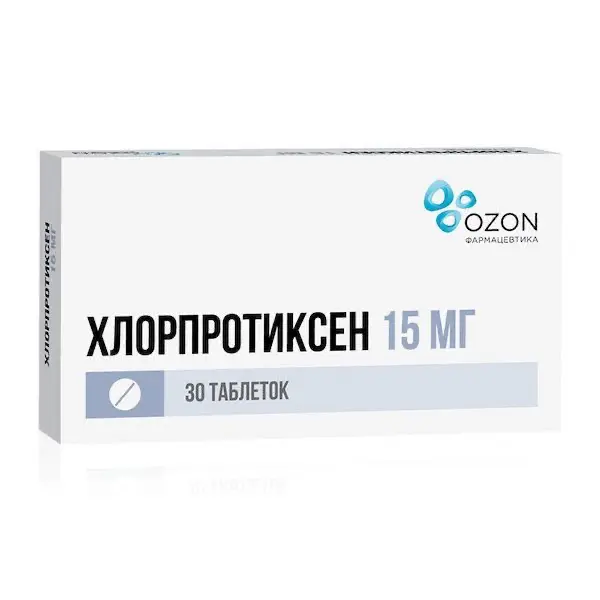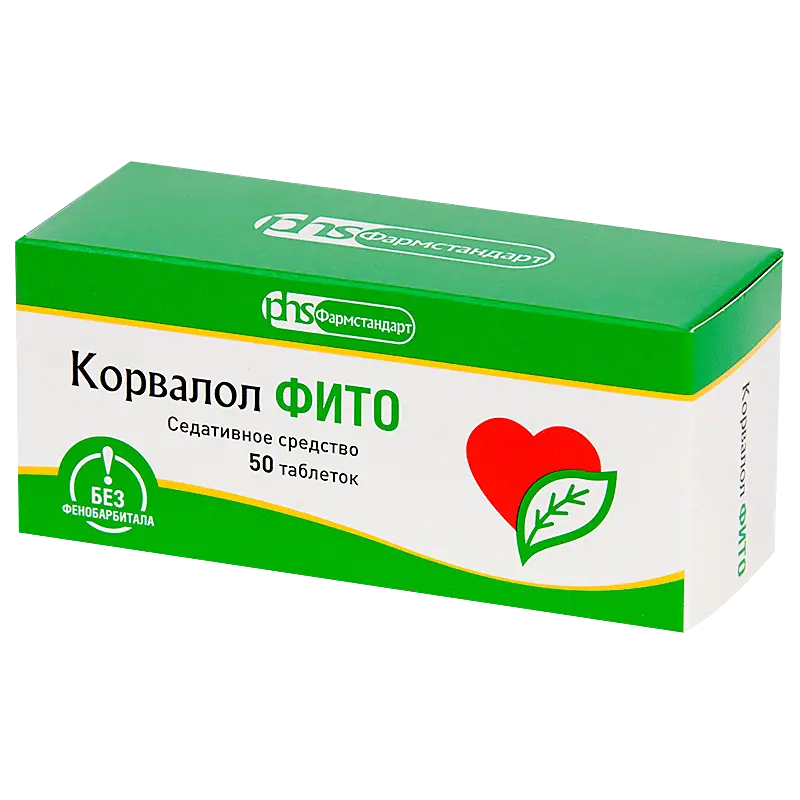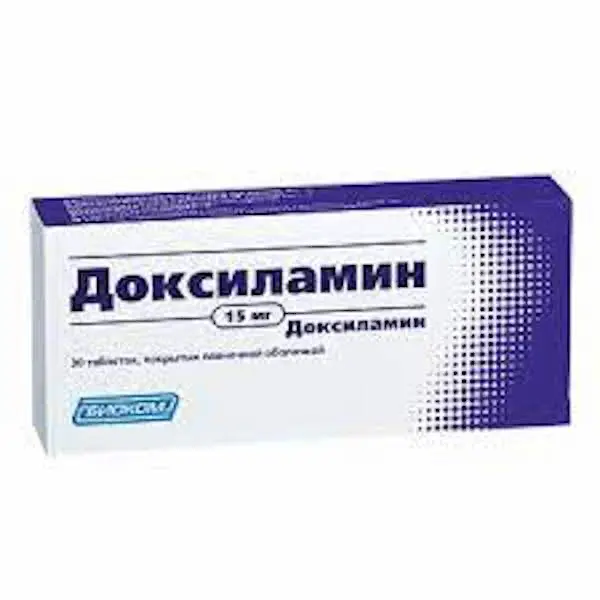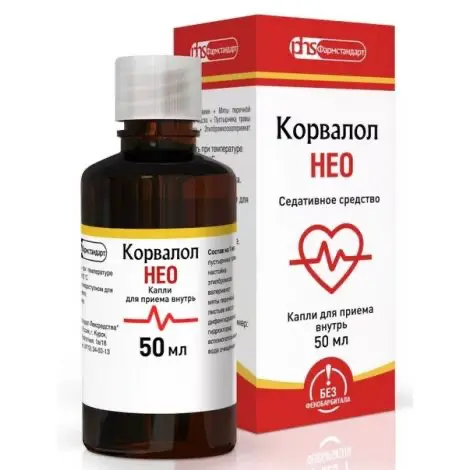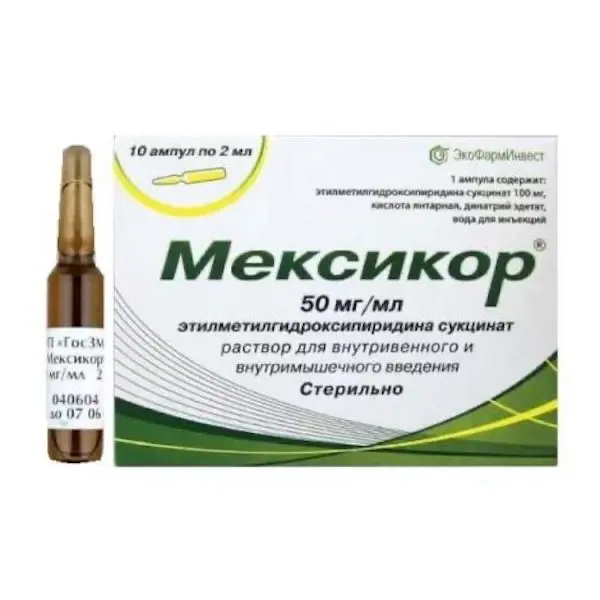Description
Chlorprothixene 15 mg Pharmacodynamics
Chlorprotixen is a neuroleptic, a derivative of thioxanthene. It has antipsychotic, marked sedative and moderate antidepressant effect.
Antipsychotic action of neuroleptics is associated with blockade of dopamine receptors, and possibly with blockade of 5-NT (5-hydroxytryptamine) receptors. In vivo, chlorprotixen has a high affinity for D1 and D2 dopamine receptors. Chlorprotixene also has a high affinity for 5-HT2 receptors, alpha1-adrenoreceptors, histamine (H1) and cholinergic muscarinic receptors. The receptor binding profile of chlorprotixene is very similar to that of clozapine, but it has approximately 10 times higher affinity for dopamine receptors.
Chlorprothixene 15 mg reduces or eliminates anxiety, obsessions, psychomotor agitation, anxiety, insomnia, as well as hallucinations, delusions and other psychotic symptoms. The very low incidence of extrapyramidal effects (about 1%) and tardive dyskinesia (about 0.05%) indicate that chlorprotixen can be successfully used for maintenance therapy in patients with psychotic disorders.
Low doses of chlorprotixene have an antidepressant effect, which makes the drug useful in psychotic disorders characterized by anxiety, depression, and restlessness. Chlorprotixene therapy also reduces the severity of associated psychosomatic symptoms. Chlorprotixene is not addictive, addictive, or tolerant. In addition, chlorprotixene potentiates the effects of analgesics and has its own analgesic effect as well as antipruritic and antiemetic effects.
Indications
– Schizophrenia and other psychoses with psychomotor agitation, agitation and anxiety
– Withdrawal syndrome in alcoholism and drug addiction.
– Depressive states, neuroses, psychosomatic disorders with anxiety, tension, restlessness, insomnia and sleep disorders.
– Epilepsy and oligophrenia, combined with mental disorders: agitation, agitation, lability of mood and behavior disorders.
– Pain (in combination with analgesics).
– Geriatrics: hyperactivity, agitation, irritability, confusion, anxiety, behavior and sleep disorders.
Contraindications
- Hypersensitivity to Chlorprothixene 15 mg or any of the excipients
- auxiliary substances.
- Hypersensitivity to drugs of the group of thioxanthenes.
- Vascular collapse, depression of consciousness of any origin (including that caused by alcohol, barbiturates or opiates), coma.
- Established unregulated hypokalemia or hypomagnesemia.
- History of clinically significant cardiovascular disease (e.g., bradycardia (heart rate less than 50 beats per minute), recent myocardial infarction, decompensated heart failure, cardiac hypertrophy, arrhythmias for which class IA and III antiarrhythmics are prescribed), ventricular arrhythmias or polymorphic ventricular pirouette tachycardia (Torsade de Pointes). Congenital prolonged QT interval syndrome or acquired prolonged QT interval (QTc over 450 msec in men and 470 msec in women).
- Concomitant use with drugs that significantly prolong the QT interval.
- Lactose intolerance, lactase deficiency or glucose-galactose malabsorption.
Dosage and Administration
The doctor will determine the appropriate frequency of administration and duration of treatment based on the patient’s condition. In adults, the daily oral dose can range from 10 mg to 600 mg, while in children, it can range from 5 mg to 200 mg.

